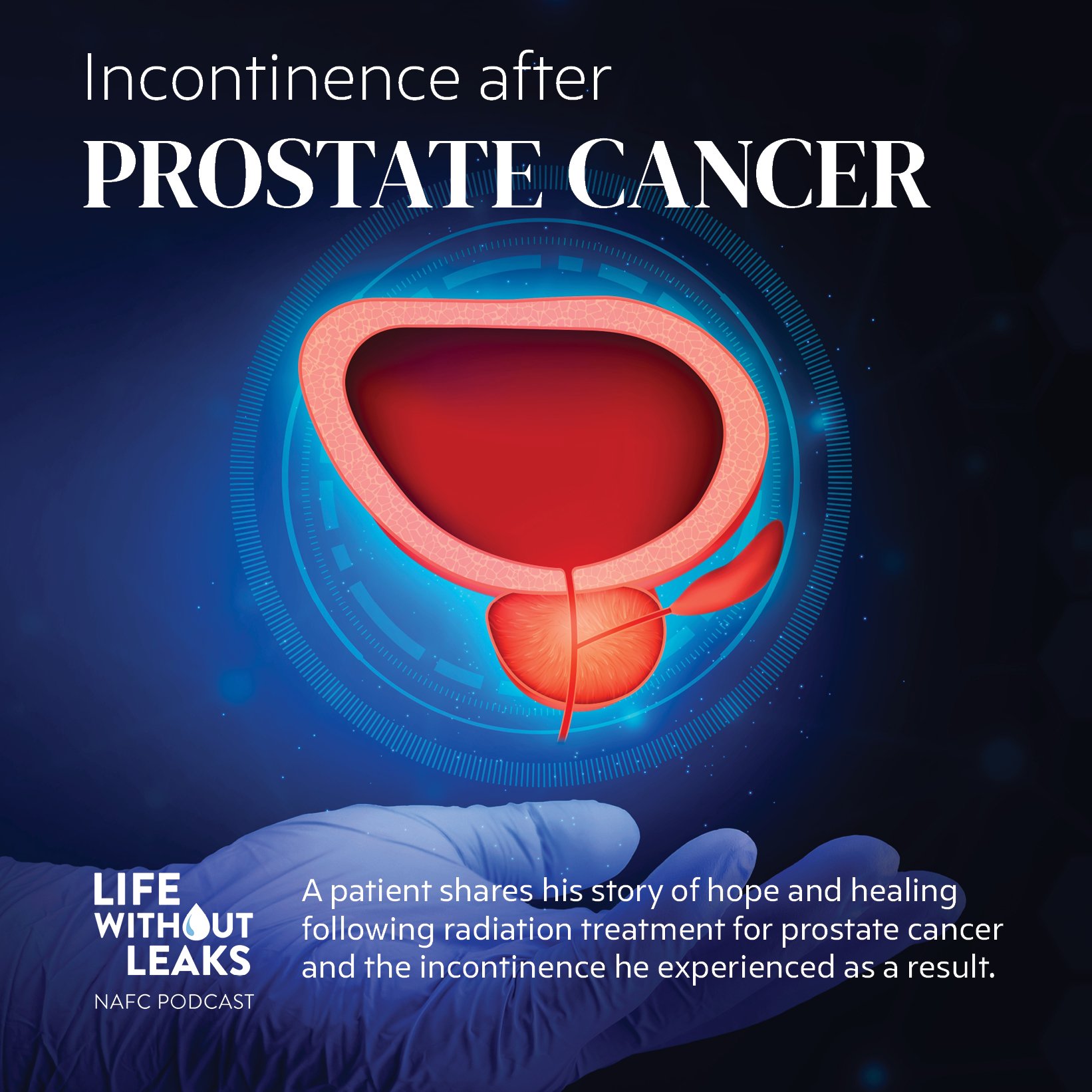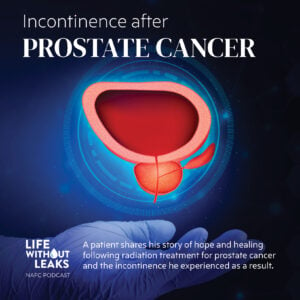Question: What is the difference between protective underwear (pull-ups) and adult absorbent briefs?
Answer: In the world of absorbent products, it can be hard to find something that works with your needs. Most adults who wet the bed use some type of protection, usually protective underwear, or an adult absorbent brief.
Protective underwear is designed to mimic real underwear, and, unlike absorbent briefs, do not have any tape or velcro siding. Many who prefer this pull-on option like it because of its convenience – pull-ups are easy to put on or remove, and give users a sense of freedom from the typical brief style.
Absorbent briefs are similar to protective underwear but have side tabs that can be adjusted for comfort and fit. Although they may not be as convenient, many prefer this option since they are able to adjust the side tabs, therefore creating a more custom, snug fit that can prevent leaks.
Choosing the option that is right for you or your loved one may involve some trial and error, and will depend on your circumstances. Do you wake up often at night to use the restroom? Protective underwear may work best for you due to the ease of pulling them on and off. Do you care for someone who is more bedridden and needs more assistance with getting in and out of bed or changing clothes? Briefs may be preferred since the tabs make it easier to find a good fit and can be easier for caretakers to change.
Of course, finding a product that will keep you dry is the biggest goal, and relies heavily on fit (it shouldn’t be too big or too small), absorbency (look for products that are specific to night-time use), and function. Don’t be afraid to try lots of options until you find something that fits well and is comfortable.
Are you an expert in incontinence care? Would you like to join the NAFC expert panel? Contact us!







3 Responses
I wet and mess myself during the day and night
Bedwetting or nocturnal enuresis is not an unusual problem in younger children. Most of the time, bedwetting can be outgrown once a child turns 6 years old, but there are a number of children who can’t outgrow their bedwetting problems. One method of treating it is by purchasing a bed wetting alarm, visit http://which-wetting-alarm.com/ to solve this problem.
Great blog! Express Medical Supply has a similar article on how to choose the right diaper or brief for your needs. You can find it here: https://www.exmed.net/blog/expressmedicalsupply/post/2016/06/08/adult-diaper-incontinence-buying-guide.aspx